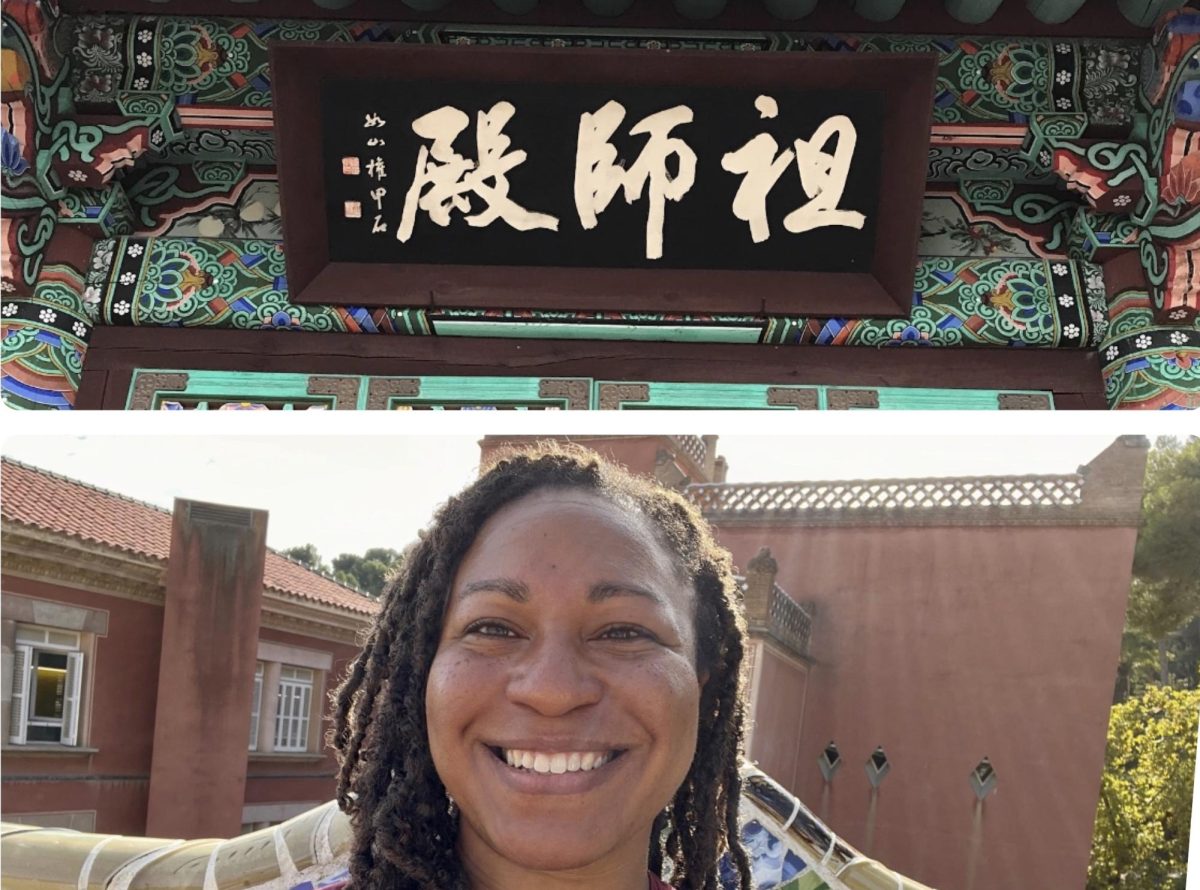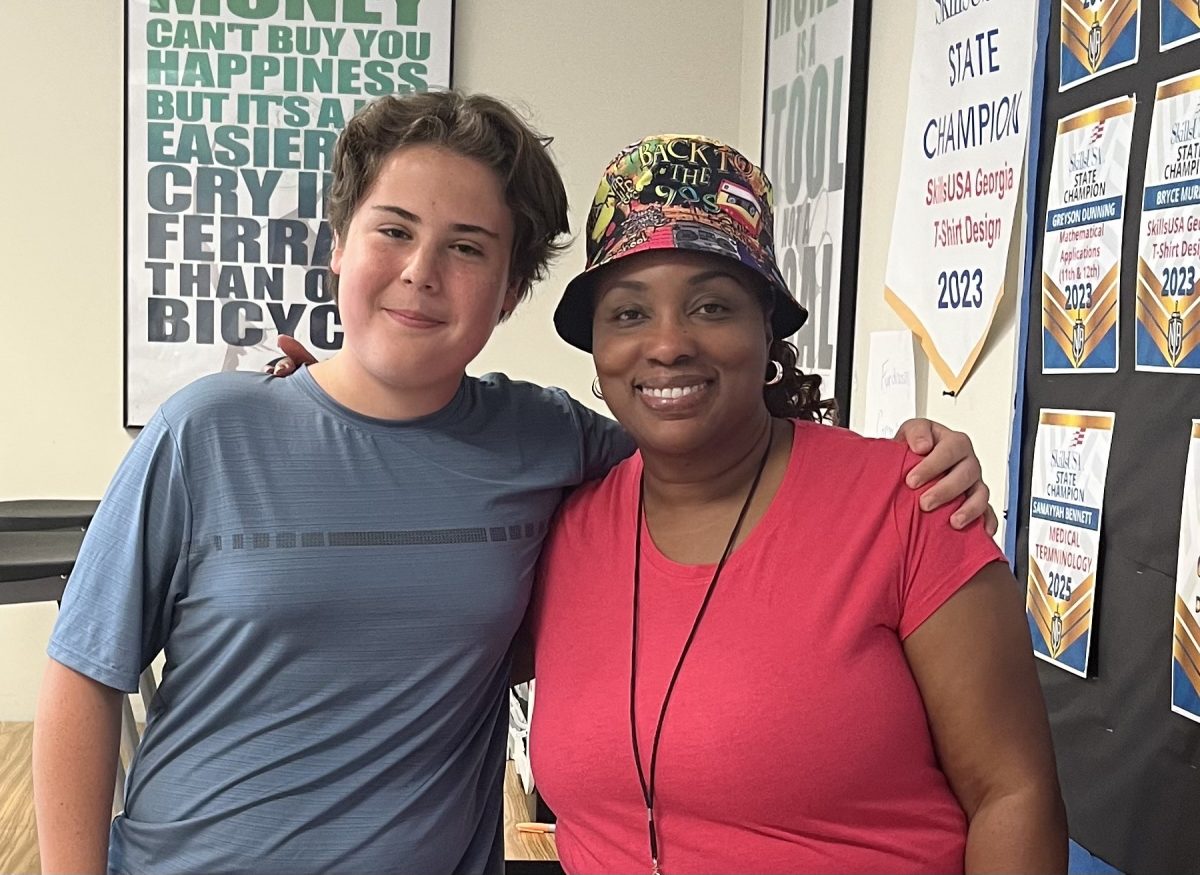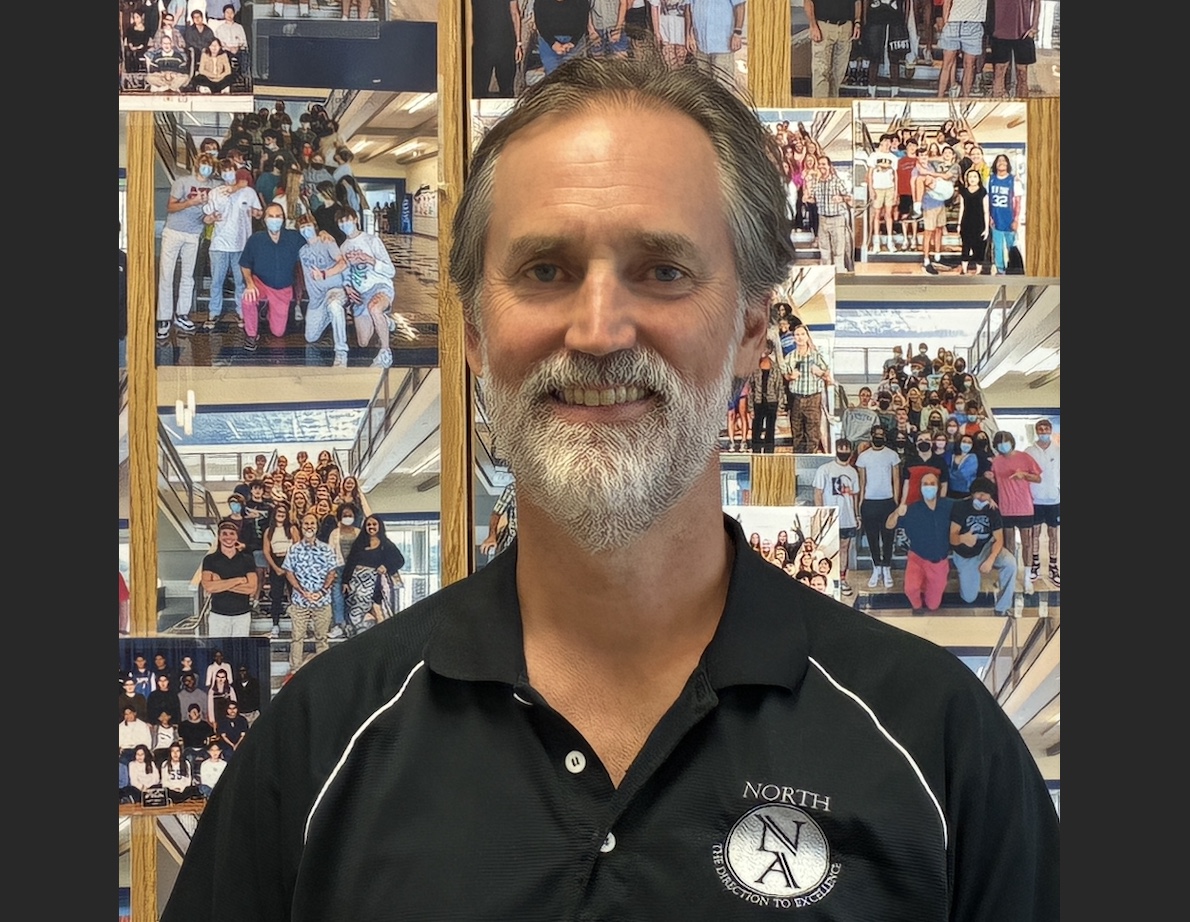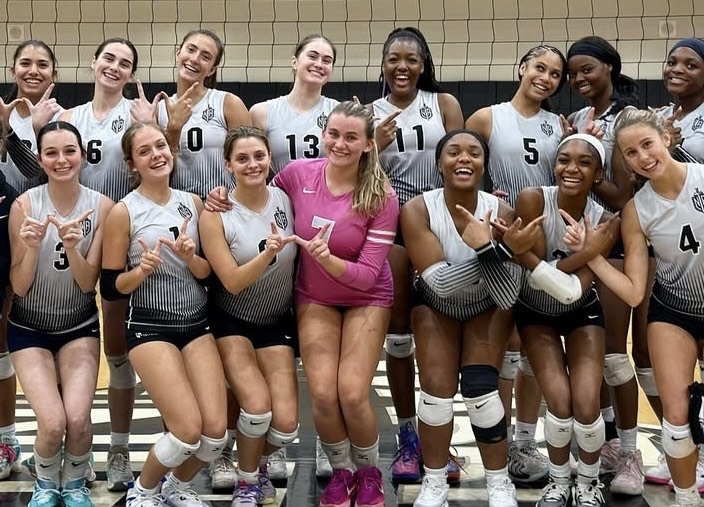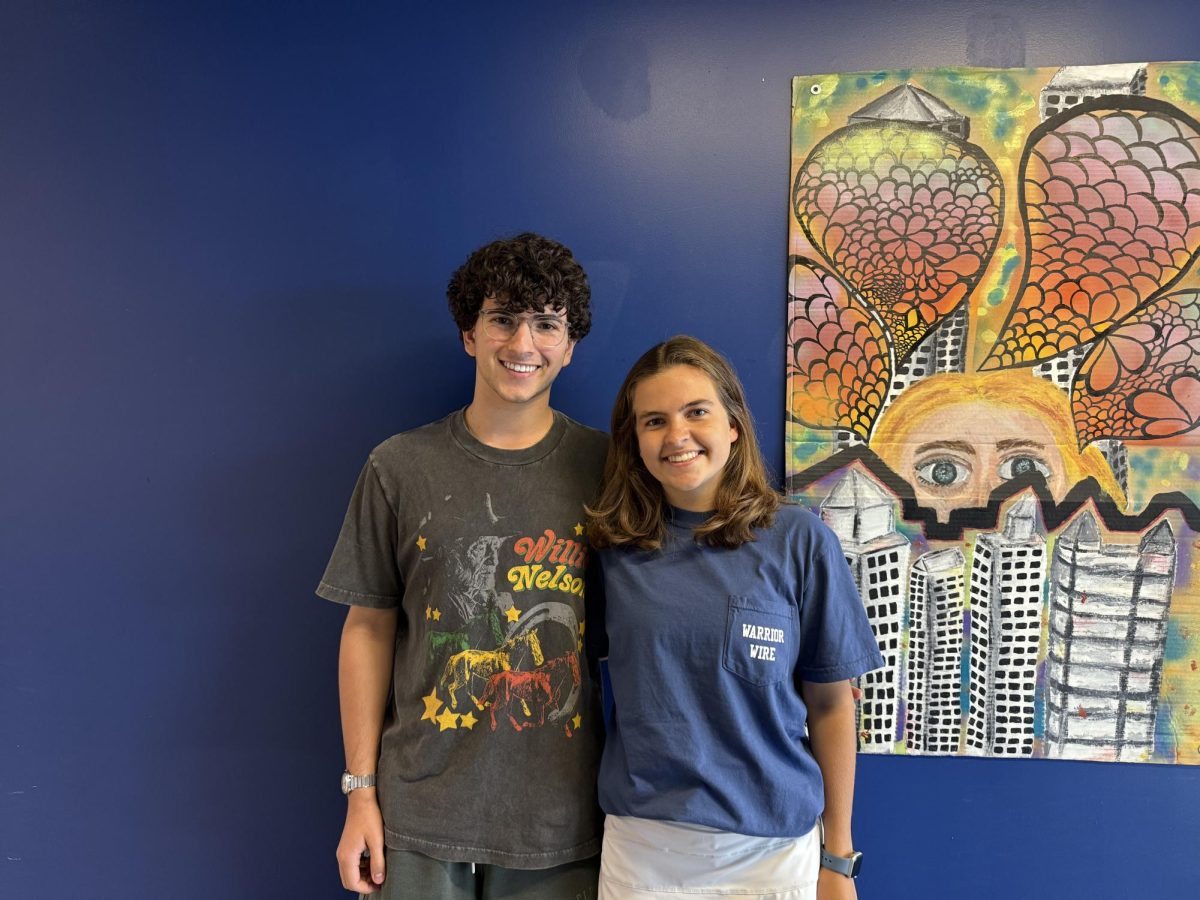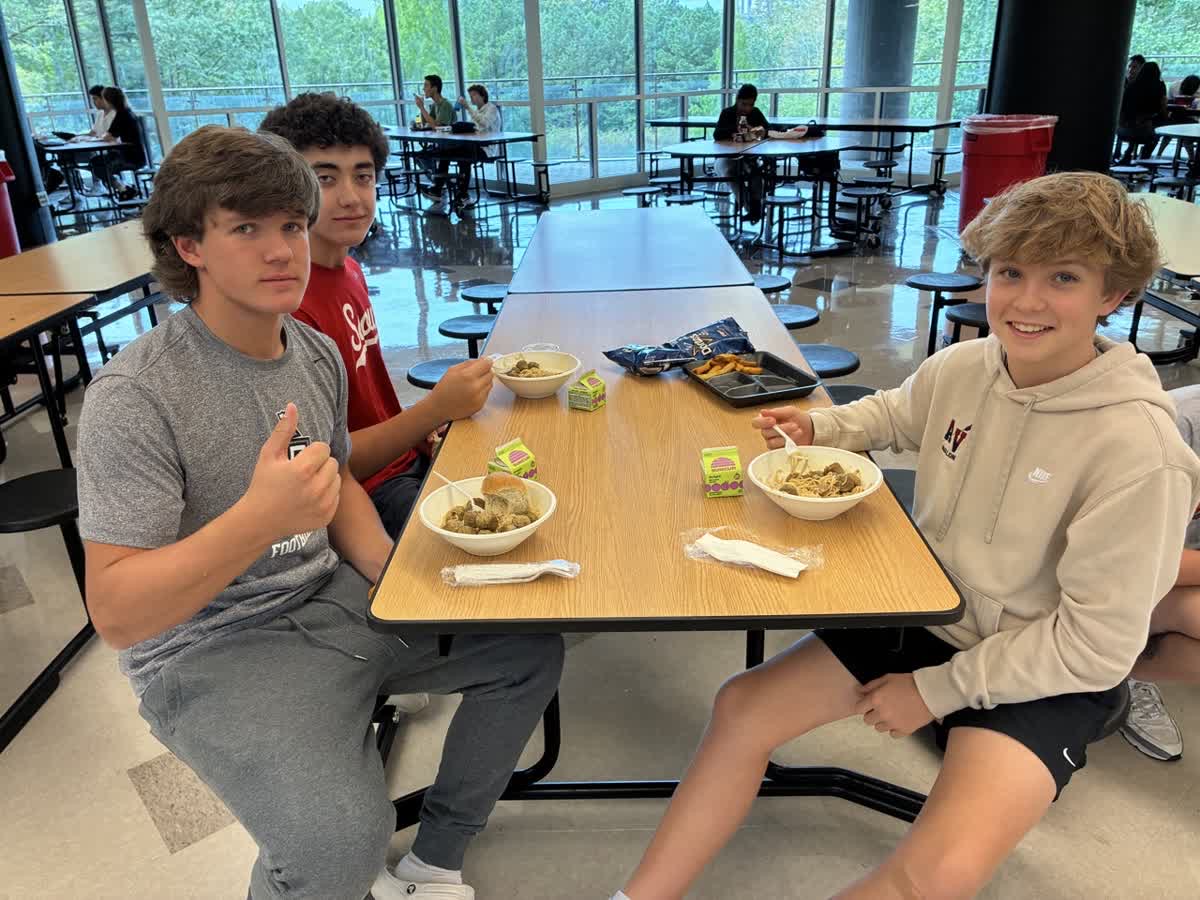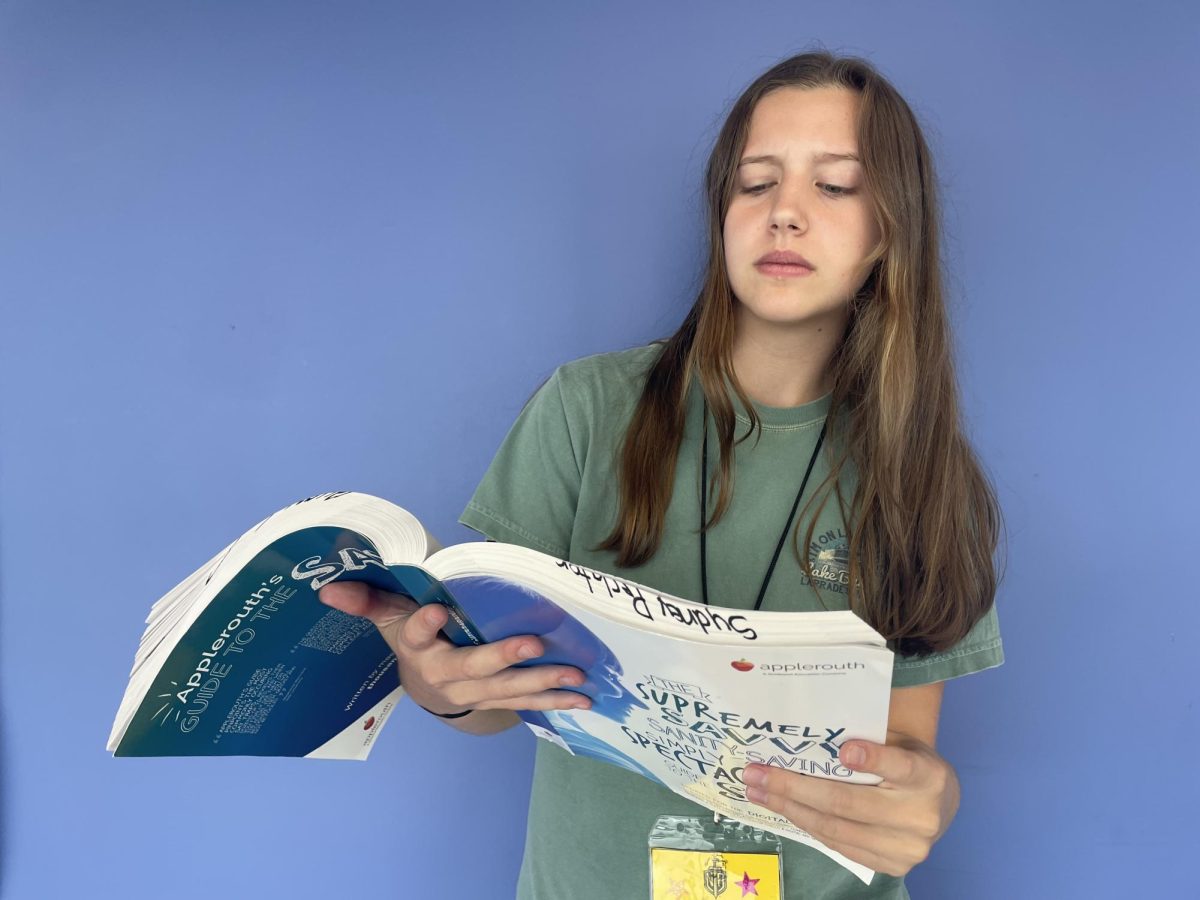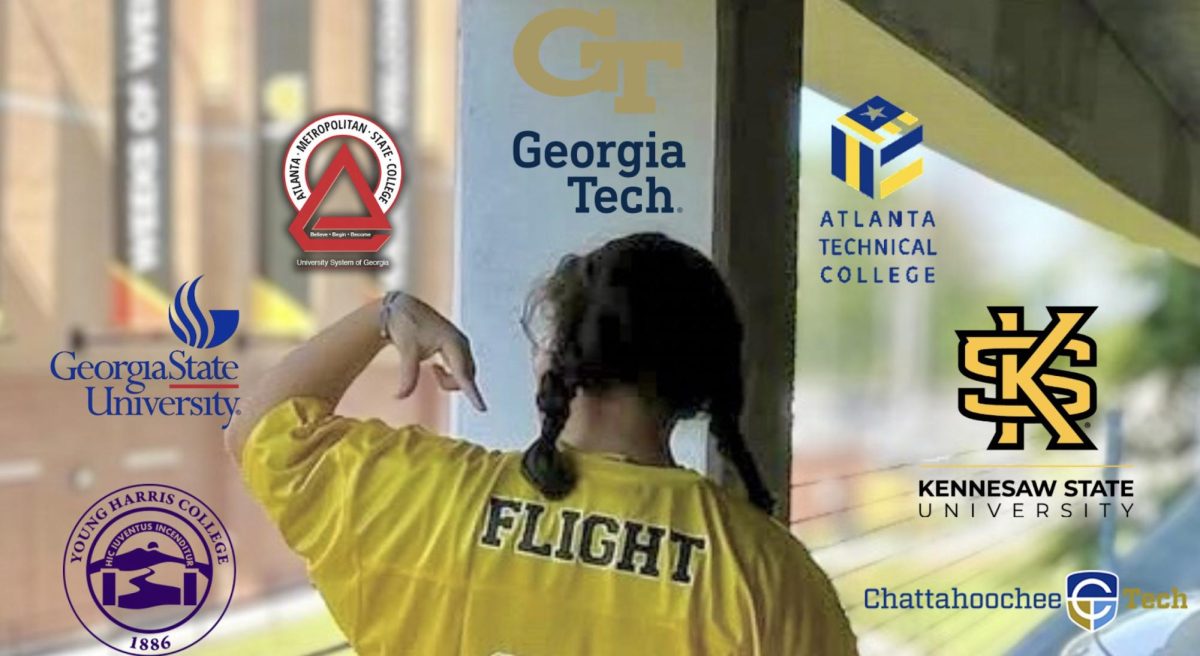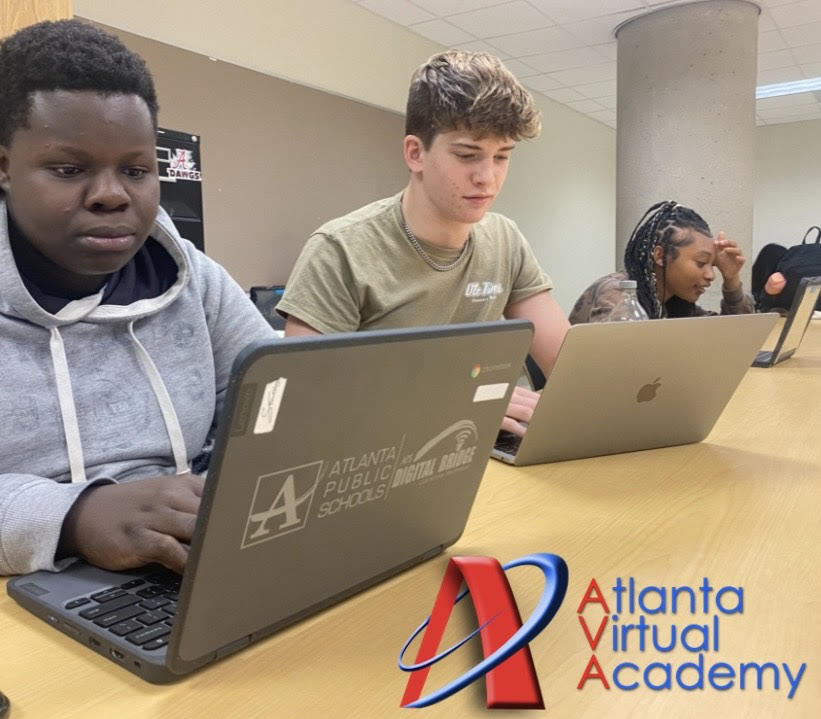Tiffany Grant is the IB Math Analysis and Approaches teacher for juniors and seniors this year at North Atlanta High School. Many teachers have incredible experiences that they have acquired over their teaching professions and Grant has an amazing one of her own traveling abroad to Seoul, Korea to expand her career. Now returning to North Atlanta, she shares her observations and opinions on the differences between American and Korean education.
With 15 years of teaching, Grant’s journey began at North Atlanta in 2009 teaching Math 1 and Math 2 for the business track at the Northside Parkway campus. As a graduate of Georgia Tech, through Teach for America, Grant landed a spot at North Atlanta as her placement school and taught for six years, three of them being at the new campus. Afterwards, she began an engineering program at The SAE School in Mableton and taught kindergarten through eighth grade. “With my background in chemical engineering it was really fun,” said Grant. “I got to create programs for children as young as five all the way to thirteen.”
Starting in 2017, Grant’s international travels kickstarted in Seoul, Korea. One of her main motivations for education was to get students more interested in STEM careers. As a newbie to the world of teaching abroad, Grant soon became aware of just how common of an experience it is. “I don’t know if I always wanted to teach abroad,” she said. “But I did always want to travel, it’s always been on my bucketlist of things to do.”
Going to any new country can be a stressful experience, but in Seoul, Korea, a traveler from the States may be much more comfortable, as many aspects of the culture are very Westernized. “Korea definitely has its own culture, and it is an amazing one,” said Grant. “It’s a mix of new and old all at once where a temple and an office building can be right next to each other.”
Differences in education are very notable when comparing South Korea to the United States. Education is held at a high priority, with teaching being one of the highest and most respectable jobs in Korea. Due to this, many teachers feel much more valued in Korea compared to in America. The lives of students also differ considerably. In The United States, students have a more well-rounded school day, as they are encouraged to engage in activities, clubs and sports. In Korea, a system called “Hagwons” is in place, where students have a second school after their normal school day, as another private source of academics or activities. Hagwons can include the arts or sports and tend to be very intense. After the age of 11 or 12, students are usually enrolled in multiple Hagwons, many taking place on weekends. “I noticed the addition of being in Hagwons plus regular academics caused a lot of students to have a high stress level at times,” said Grant.
First years are always an adjustment for teachers, because they are learning their own new role alongside their students. Living, and especially teaching, abroad comes with its own challenges. Dealing with different types of students with different needs in all aspects of school. Other than academics, living so far away also means that seeing family is scarce, and a sense of homesickness starts to arise. “Living abroad means that you only get to see your family maybe once or twice a year. I do plan to enjoy being home for a little while, but I plan to disappear again very soon, ” said Grant.
With this typical once in a lifetime experience, Grant gives an important, and beyond interesting point of view of what it’s like to teach and live abroad in a foreign country. With this new perspective of enjoyable travel along with work, this may inspire people to take similar paths from this story of a roundtrip blip.


